Antonio Vallisneri: A champion of Galilean experimentalism between medical and naturalistic sciences
Antonio Vallisneri was born at Trassilico, in Garfagnana, on 3 May 1661. His initial education followed the traditional path, reserved for the children of the best families of the time, at Jesuit schools. In 1682 he enrolled at the University of Bologna, becoming a direct student of Malpighi. After graduating from the Studio di Reggio (now the University of Modena and Reggio Emilia) in 1685, he practiced in Venice, Padua, and Parma. After this period, he settled again in his homeland, exercising his profession in various practices and, at the same time, dedicating attention to a flourishing season of naturalistic observations. His interests in those years were mainly devoted to entomological studies, going so far as to publish "Dialoghi sopra la curiosa origine di molti Insetti" (Dialogues on the curious origin of many insects) in the first (1696) and third (1700) volumes of La Galleria di Minerva, in which he refuted the thesis of spontaneous generation by illustrating the reproductive cycle and origin from the egg of various insects. The publication of the Dialogues brought Vallisneri his first scientific renown and, with it, the call to a chair of practical medicine at the University of Padua, assigned to him by the Venetian authorities with the aim of contributing to the affirmation of experimental philosophy in that context. Here Vallisneri spent his remaining thirty years, serving in all the academic stages up to first chair of theoretical medicine. The years that followed his appointment in Padua saw Vallisneri concentrating on medical studies. He worked to demonstrate the close connection between these and naturalistic researches. His points of reference were Francesco Redi and Marcello Malpighi, and he entered into controversy with the Aristotelian and Galenic traditions. Beginning in 1710, together with Scipione Maffei and Apostolo Zeno, he launched the fundamental initiative of the Giornale de' letterati d'Italia (Journal of Italian writers), which he used as a personal instrument of cultural hegemony, and as support for experimental science in the medical and naturalistic fields. Among his principal works are the Lezione Accademica intorno all'Origine delle Fontane (Academic lesson on the origin of springs, 1715), which represents, due to the clarity of its experimental approach, an exemplary model of the Galilean method; his Istoria della Generazione (History of generation, 1721), conceived at the request of Leibniz and which took a position, in the embryogenetic debate of the time, in favor of ovist preformism, in the variant of envelopes; and his De' Corpi marini, che su' Monti si trovano (On marine bodies found upon mountains, 1721) , in which Vallisneri denied the theory that attributed the presence of marine fossils on the mountains to the action of the Universal Flood, ascribing it, instead, to the work of a series of floods and partial geological transformations leading to the emergence from the sea of previously covered lands and vice versa. Also worth mentioning is his Saggio alfabetico d'Istoria medica e naturale (Alphabetical essay on medical and natural history), which remained unpublished during his life, appearing only posthumously in 1733, in his Opere fisico-mediche (Physical-medical works), representing the first attempt to establish a systematic scientific lexicon in the Italian language in the medical sector. At the time of his death in Padua on 18 January 1730, Vallisneri left a very significant oeuvre of published and unpublished writings, in which the scientific perspectives that were outlined represented a major transition point toward the Age of Enlightenment. Vallisneri's works and reflections, in fact, took up in an original way themes and perspectives from the Galilean medical tradition of Malpighi and Redi, situating themselves along the most advanced front of the naturalistic and life sciences debate in Europe at the time. Having arrived to a general theoretical framework of his scientific theses, and deeply attentive to respect for empirical data, Vallisneri devoted himself to overcoming the limits of Cartesian dualism and mechanism, referring first to the thought of Nicola Malebranche and later to that of Gottfried Wilhelm von Leibniz. One lesson from him, based on precise naturalistic, entomological, and comparative anatomical observations, develops the concept of an analogy between natural entities and the idea of the great chain of beings. The Edizione Nazionale delle Opere di Antonio Vallisneri (The National Edition of the works of Antonio Vallisneri) has been a work in progress since 2000, with 21 volumes published to date, including editions and studies, by the publisher Olschki of Florence. The website for the National Edition was conceived and created to be a point of reference and documentation for the research activity connected with the project. The site presents various sections, including the "Inventario online del Carteggio di Antonio Vallisneri" (Online inventory of Antonio Vallisneri's correspondence), which comprises, at the current state of research, the filing of 12,079 letters, the transcription of 2,541 letters, and the insertion of 1,184 documents in image format. The inventory can be searched by sender or recipient of letter, place of departure or arrival, current place and institution of conservation of document, any previous editions, consistency and characteristics of letters. The highlighted simplicity of use considerably facilitates research, giving instant access to within the mass of correspondence, to the network of correspondents, and to the numerous investigative topics covered.
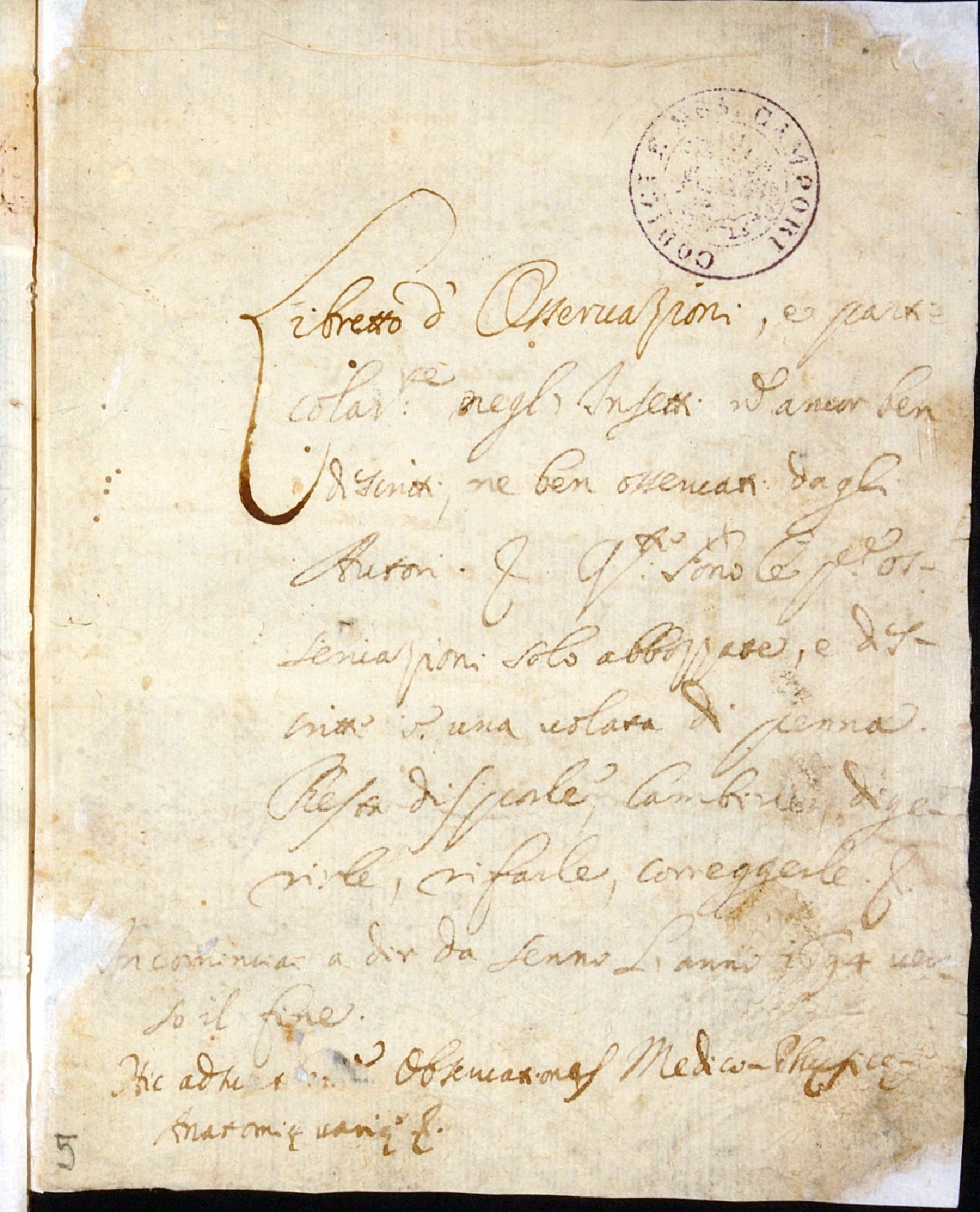
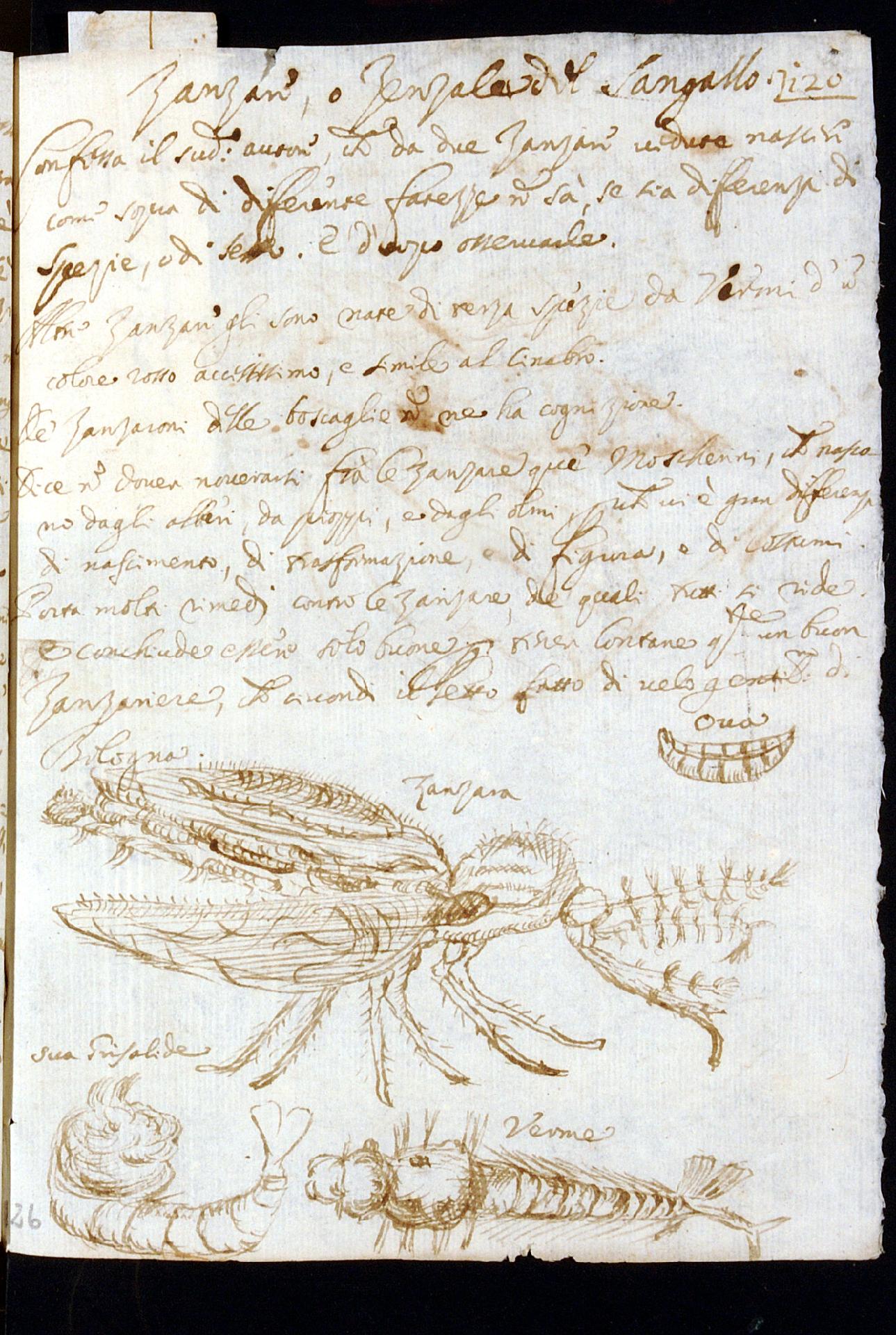
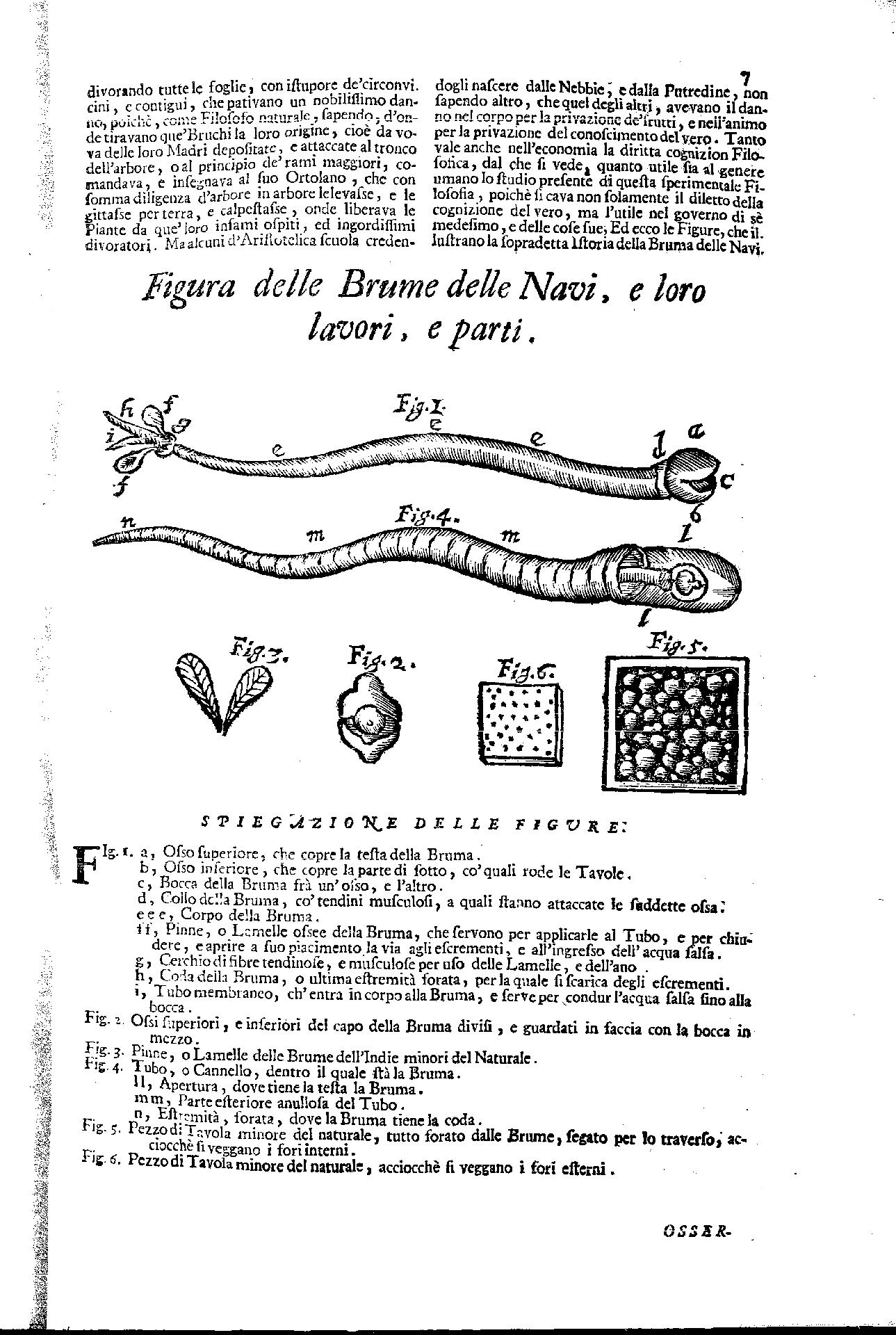
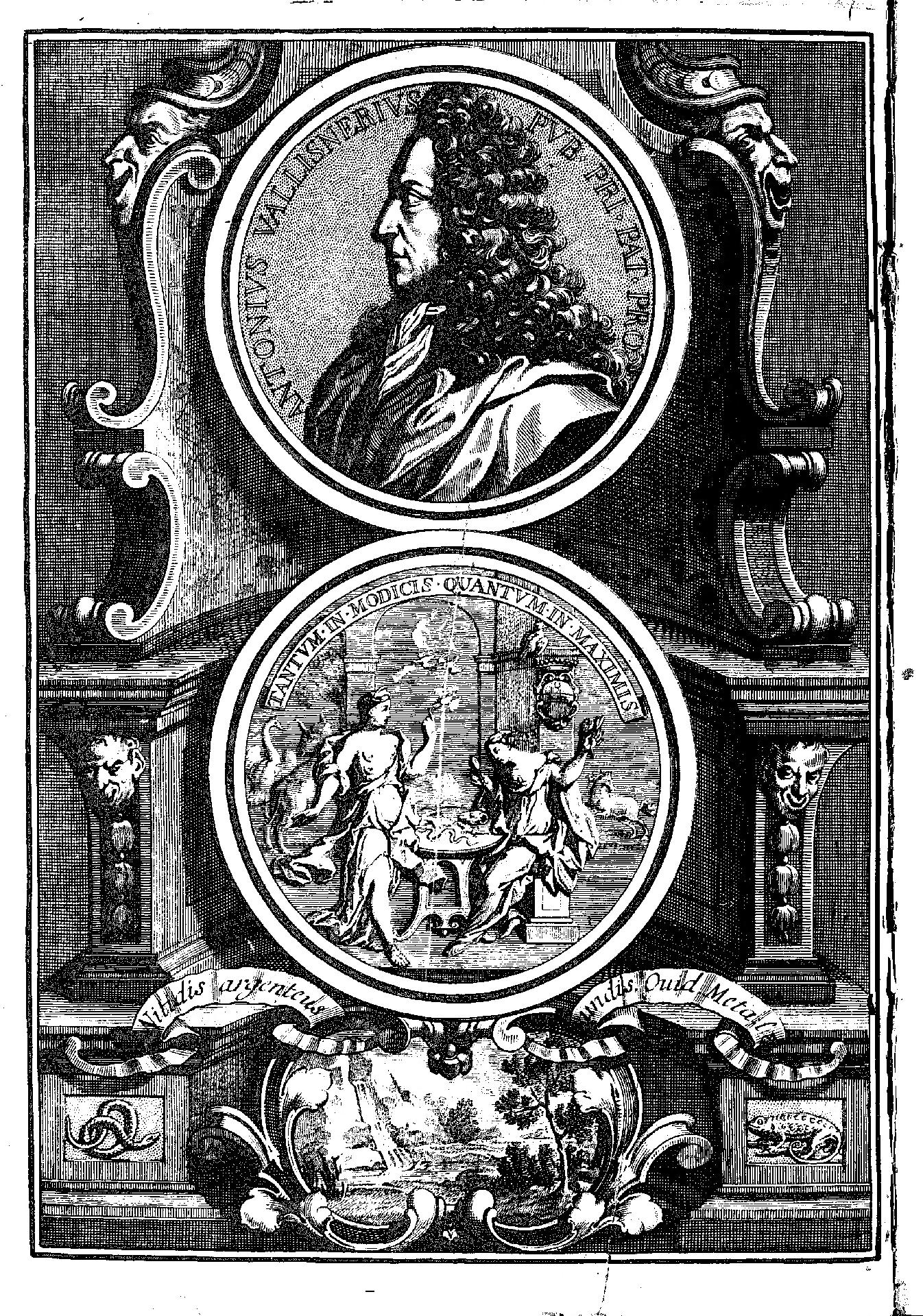
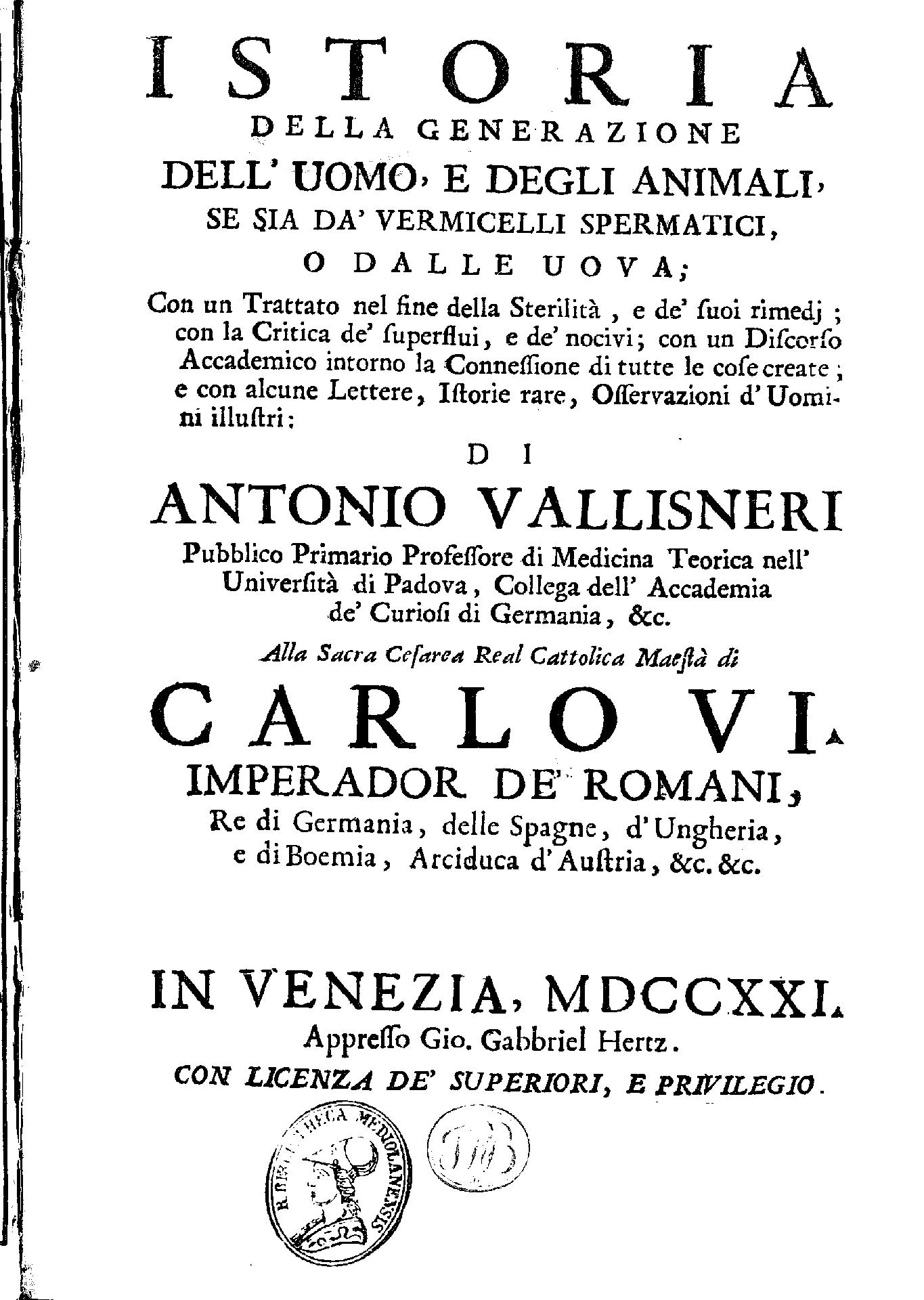
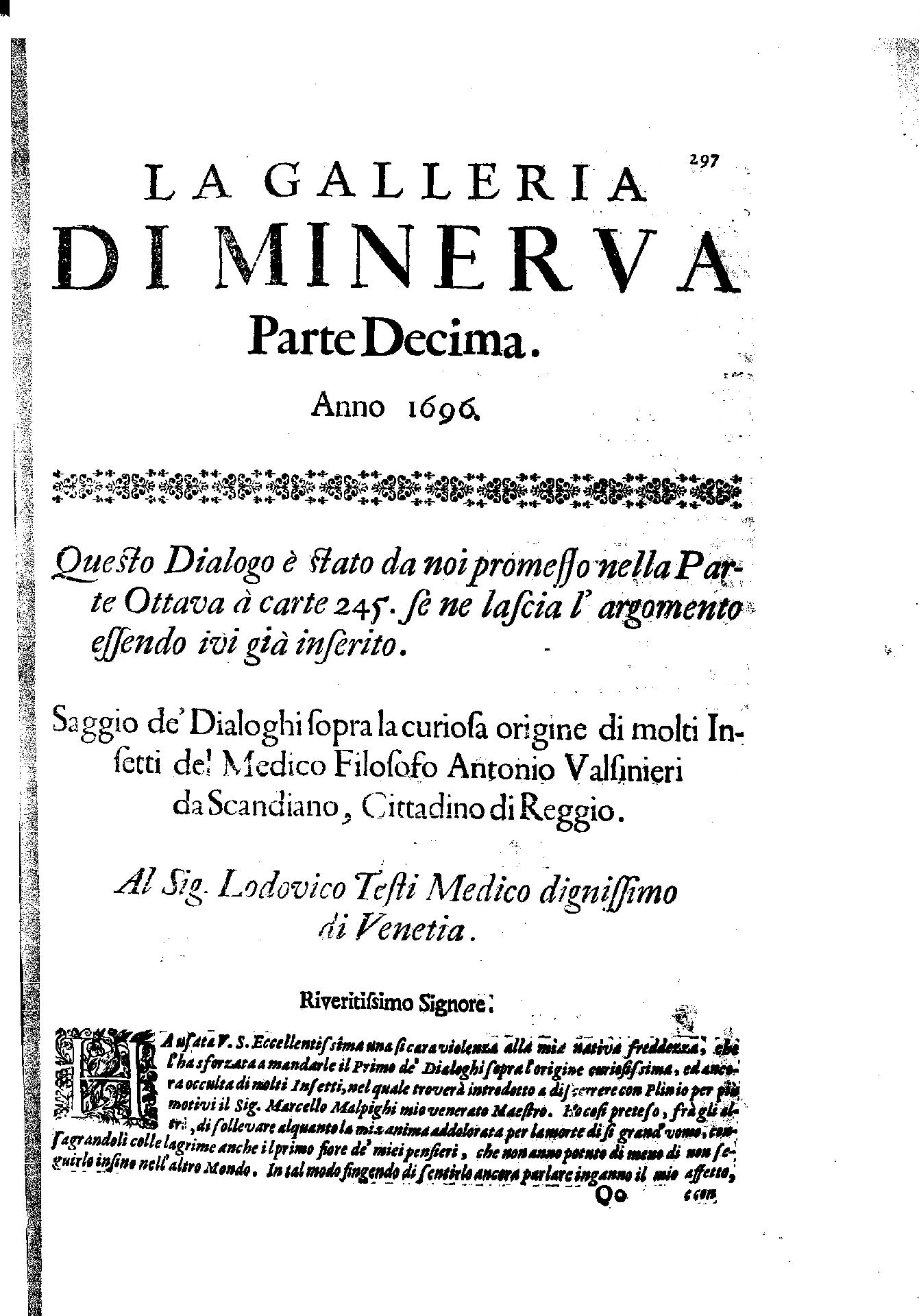
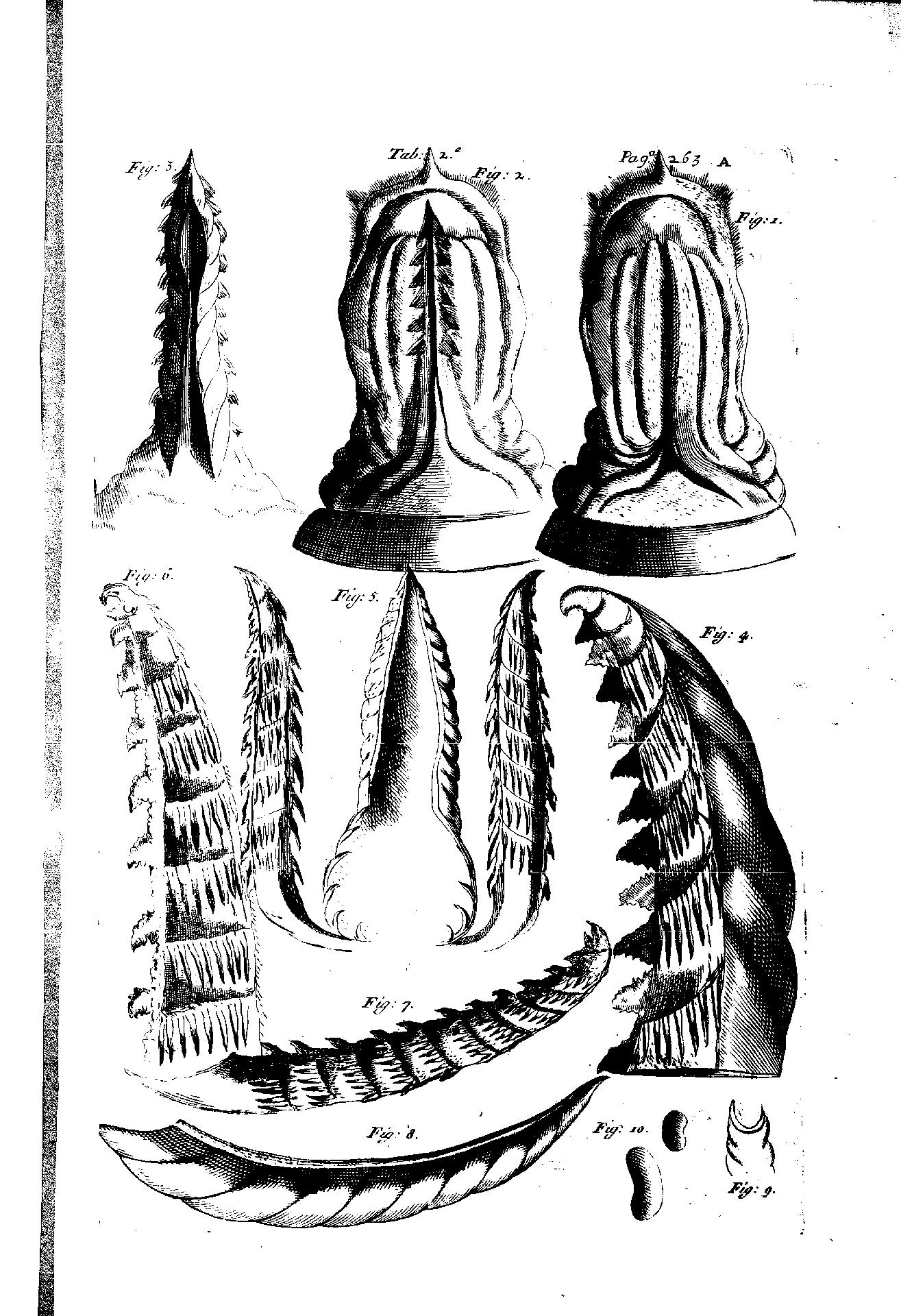
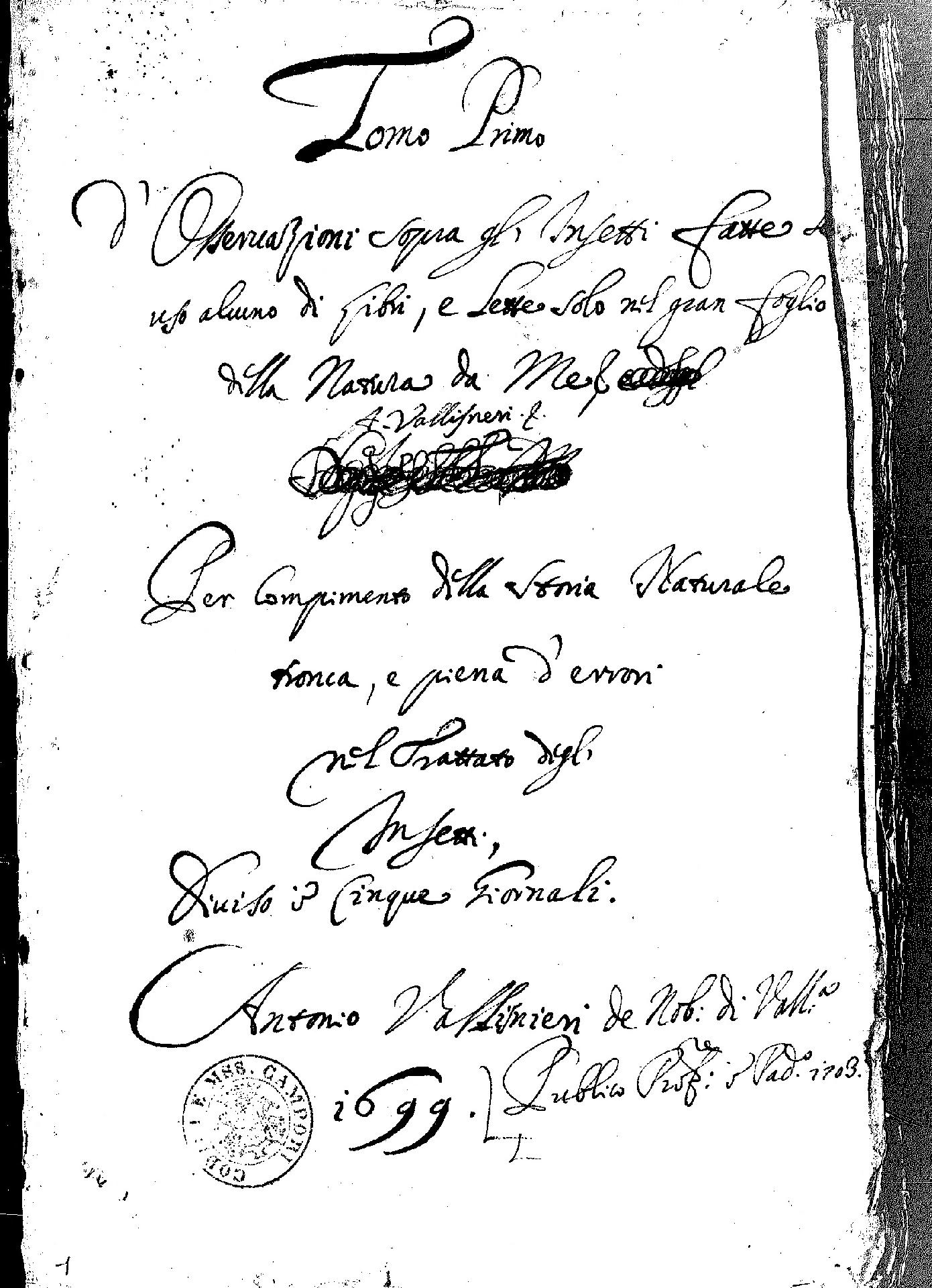
ARCHIVAL REFERENCES
BY
Dario Generali (traduzione di John Venerella)

 help with your research
help with your research
